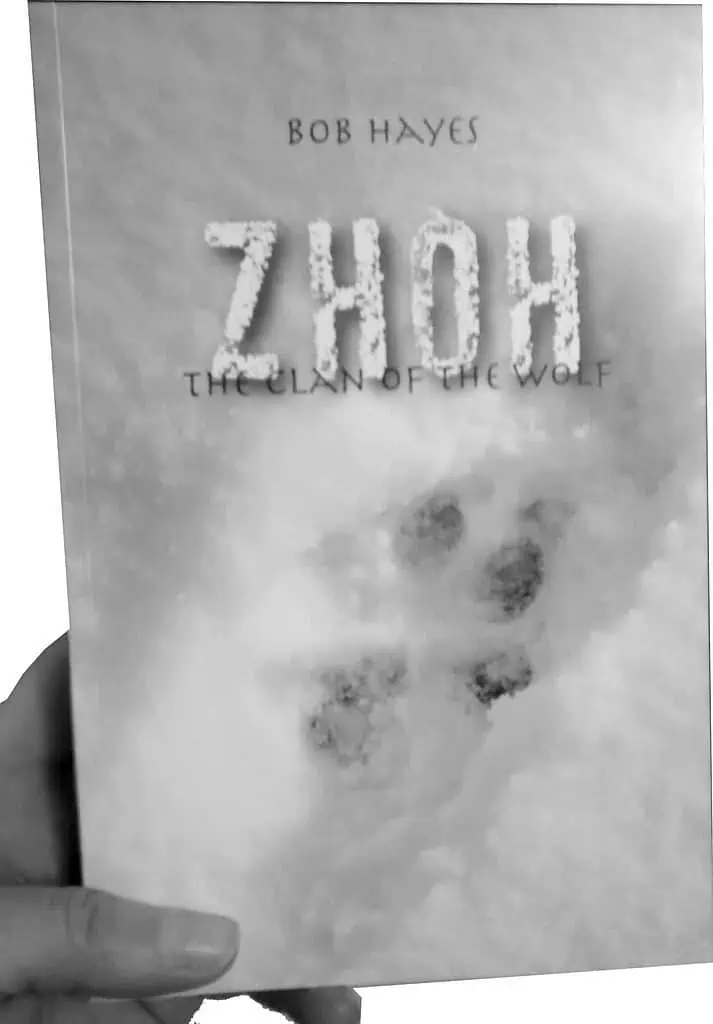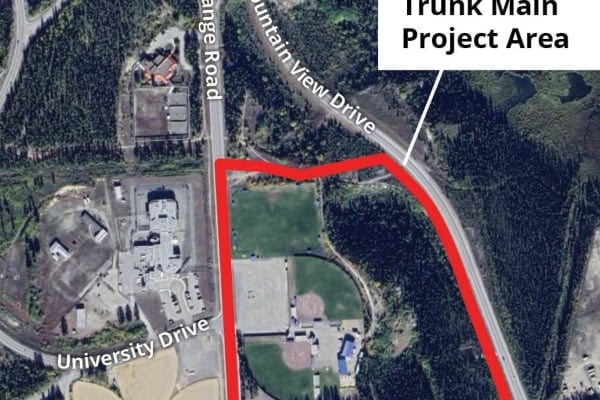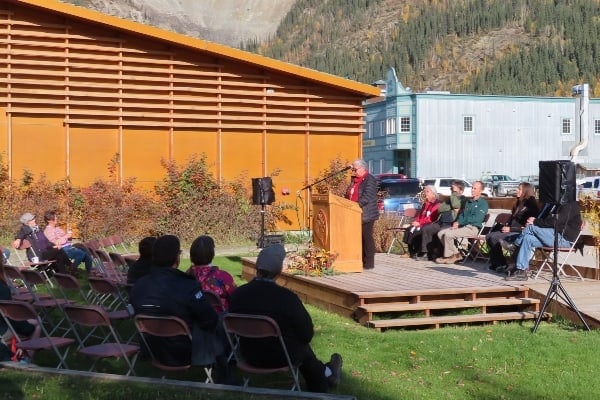
When I first heard Bob Hayes had written a novel set 14,000 years ago that fictionally chronicles the arrival of the first humans to inhabit what is now known as the Yukon Territory, I knew immediately it would be physically accurate like a Louis L’Amour duster (cowboy book) because Hayes is a scientist, a natural born puzzle-solver and a straight shooter.
His first literary effort in 2010, called Wolves of the Yukon, convinced me of that because he debunked every myth ever uttered about wolves, including Little Red Riding Hood’s, and set the record straight in a very scientific and readable fashion.
He also became one of the Yukon’s great historical ironies: A man who was originally hired by the territorial government to kill wolves ultimately wound up spending 18 years studying them and preserving the species.
Many speculative fiction has been written about primitive human history and culture over the years – Clan of the Cave Bear, by Jean Auel, comes immediately to mind. However, it’s not a cluttered genre simply by definition because nobody really knows what humans were like 14,000 years ago. 14,000 years ago is long before the Sumerians invented an alphabet in roughly 3,500 BC, or 5,500 years ago.
Oral histories only go back so far, but archaeology, paleontology and anthropology filled in the gaping holes for the inquisitive wildlife biologist and rookie novelist.
It’s tough enough writing pure history about times that predate letters and words by 8,000 years, but to do so in a fictional novel with invented characters, scenarios and storylines to confuse the issue struck me as a gargantuan task.
Even before I picked up my copy of his first novel, released in November, called Zhoh, the Clan of the Wolf at Mac’s Fireweed Books, I worried that his made-up characters would be unbelievable, which is a pitfall in historical fiction.
They are not. In fact, they are fleeting because danger, death and destruction were the three amigos who welcomed them when they crossed Beringia and Alaska to arrive in the area now known as Old Crow Flats or Porcupine River Flats in northwestern Yukon. Hayes doesn’t even mention where they came from, which was probably a good idea since nobody really knows.
Most likely, they were nomads from the Asian steppes who snuck into North America when the last ice age lowered the oceans and created Beringia, which was roughly a thousand year long window of opportunity for them to follow the game they called grass eaters.
Hayes gave them all names, identities and occupations, that small Clan of the Wolf who got here first, and his story has love affairs, power struggles, dream walking and even a vicious villain called One Eye who followed them around trying to steal and kill their young women, which made me yearn for the invention of gunpowder so somebody could shoot him. But the characters and storylines are secondary to their incredible struggle for survival.
Here is that drama in a nutshell: Yes, they were experienced hunters, adept at killing horses, caribou, bison, mammoths, etc. with spears, darts and discs, but they were also the hunted, since the predators of the times including bears, lions, wolves, wolverines, etc. had never before scented humans and therefore regarded them as a possible source of sustenance.
The carnage and killing that came down on the Yukon’s first humans makes it a wonder they even survived at all and Hayes describes the encounters in graphic and gory detail. Some of his main characters weren’t even around long enough to get a credit.
All the time he is tracking the trials and tribulations of his fictional human clan, he is also telling the story of a real wolf pack nearby, perhaps to be used as a comparison as everybody was busy chasing grass eaters to survive, which the wolves had been doing for 35,000 years in the Yukon before the first humans got here.
Therefore, the true strength of Zhoh, the Clan of the Wolf as a literary effort written by a wildlife biologist turned storyteller, is Hayes’ renderings of the times themselves with the human characters in a supporting role.
Yes, the book is a dramatic sociological and historical dialogue explaining a unique time in human history, but is also – and perhaps even more so – the grandmother of all hunting stories in a hostile environment.
Make no mistake about it, human beings are tough cookies. We had to be to survive and thrive through history even from the beginning. You don’t have to be aboriginal to feel a sense of pride in this survival story. Theirs was a triumph for all humankind, particularly North Americans, regardless of race or gender.
If if it was Bob Hayes’ intention to create a realistic snapshot based on scientific observations of what life must have been like for the first humans to occupy North America at the end of the Pleistocene Age, he succeeded brilliantly just as he did in 2010 with the wolf book.
There were times when the hair stood up on the back of my neck as I imagined a huge lion coming into the tent in the middle of the night and grabbing a grandchild for a midnight treat and times I shuddered at the thought of hordes of swarming mosquitos so numerous you could hear them before they were visible.
Like most scientists, Hayes writes in simple, declarative sentences which come at you like the relentless bursts of a machine gun – but he doesn’t come off like a lecturing academic.




